Soccer

Soccer Advanced Skills
Behind the Leg Flip Flap
In soccer, the behind the leg flip flap, also known as the Aurelio or Hocus Pocus is a skill which involves shifting the ball with inside of the foot around the standing foot to in front of the standing foot. This is a skill that has been performed by Rodrigo Taddei, Jay Emmanuel-Thomas, Ronaldinho, Joaquín and many others.
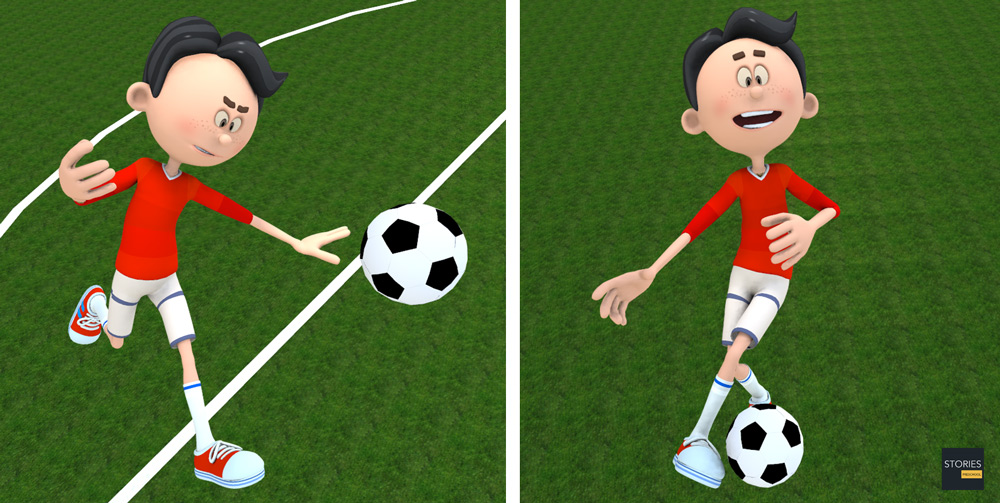
Bicycle Kick
also known as an overhead kick or scissors kick, is a physical move in association football. It is achieved by throwing the body backward up into the air, making a shearing movement with the lower limbs to get one leg in front of the other in order to strike an airborne ball rearwards above head level, without resting on the ground. In most languages, the maneuver is named after either the cycling motion or the scissor motion that it resembles. Its complexity and uncommon performance in competitive football matches makes it one of association football's most celebrated skills. View more information about Bicycle Kick »
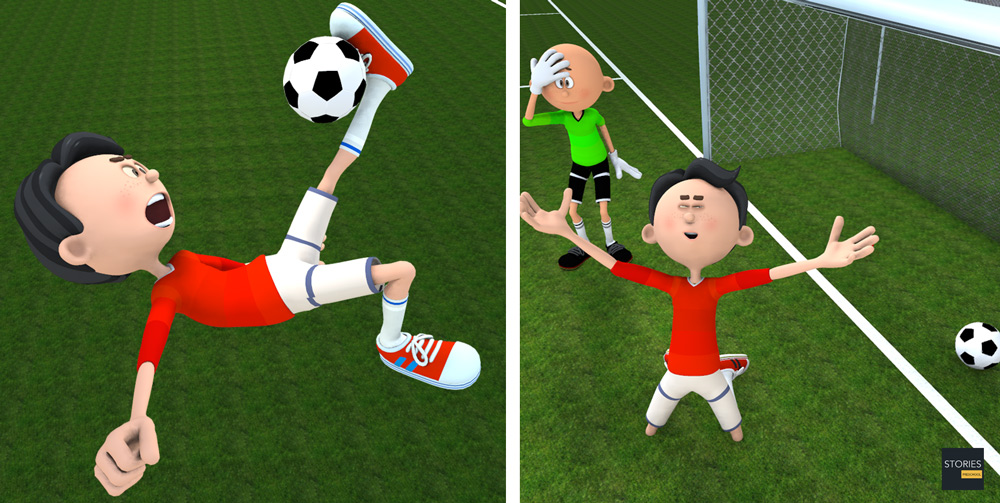
Scorpion Kick
The scorpion kick, also known as a reverse bicycle kick, is a physical move in association football. It is achieved by throwing the body forwards, placing the hands in the ground to lunge the back heels in front so as to kick an incoming football. Sports historian Andreas Campomar praises the maneuver as remarkable, noting that it "demonstrated that the spectacle had not died: that the game, in spite of its many flaws, could provide moments of glory that had little to do with just victory or defeat." Colombian goalkeeper René Higuita is attributed with the invention of this advanced football skill. One of his best known performances of the maneuver occurred at Wembley Stadium during a 1995 international friendly match between the Colombia national football team and the England national football team.
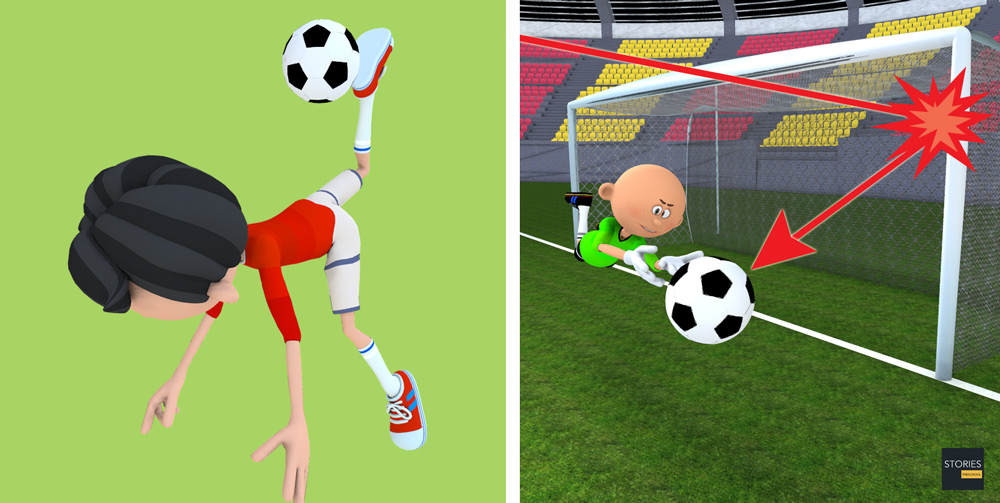
Cruyff Turn
The Cruyff Turn (also spelled Cruijff Turn in the Netherlands) is an evasive football move that was named after Dutch footballer Johan Cruyff. To do this move, Cruyff would look to pass or cross the ball. Instead of kicking it, he would drag the ball behind his planted foot with the inside of his crossing foot, turn through 180 degrees, and accelerate away from the defender. This feint was executed by Cruyff in the 1974 FIFA World Cup, first being seen in the Netherlands' match against Sweden where he outwitted Swedish defender Jan Olsson. The move was soon widely copied by other players around the world. It remains one of the most commonly used dribbling tricks in the modern game.
Curl or Bend
In association football is spin on the ball which will make it change direction, called a 'screw shot' in the 19th century. When kicking the ball, the inside of the foot is often used to curl the ball, but this can also be done by using the outside of the foot. Similar to curl, the ball can also swerve in the air, without the spin on the ball which makes the ball curl. View more information about Curl or Bend ».
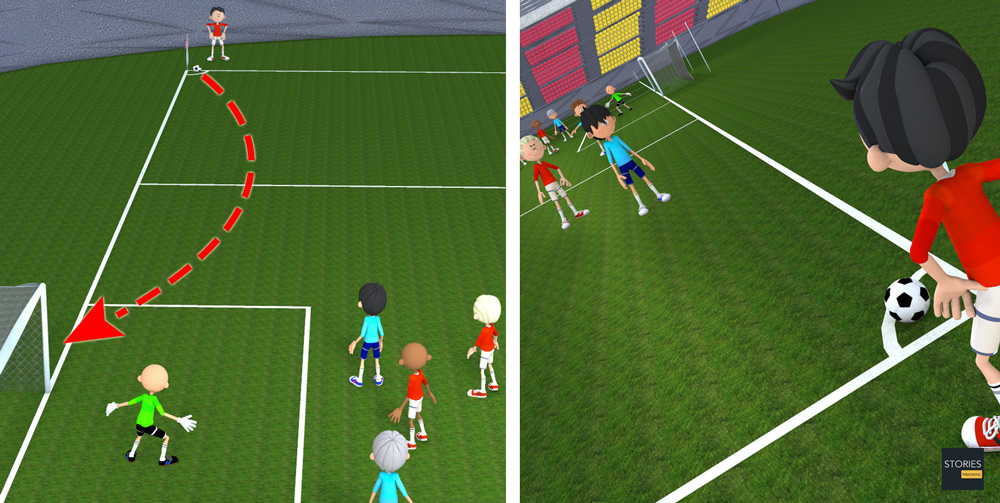
Flip Flap
The Flip flap (also known as the elastico and la culebrita) is a dribbling move, or feint, in football, used to fool a defensive player into thinking the offensive player, in possession of the ball, is going to move in a direction they are not intending to move in. Players perform it by using the outside of their dominant foot to push the ball towards their dominant side, then quickly move the dominant foot around the ball and using the inside to push the ball to their non-dominant side. Although the footwork is the most distinctive aspect of the flip-flap, its success as a feint also relies heavily on the attacking player having an explosive acceleration from a stationary position.
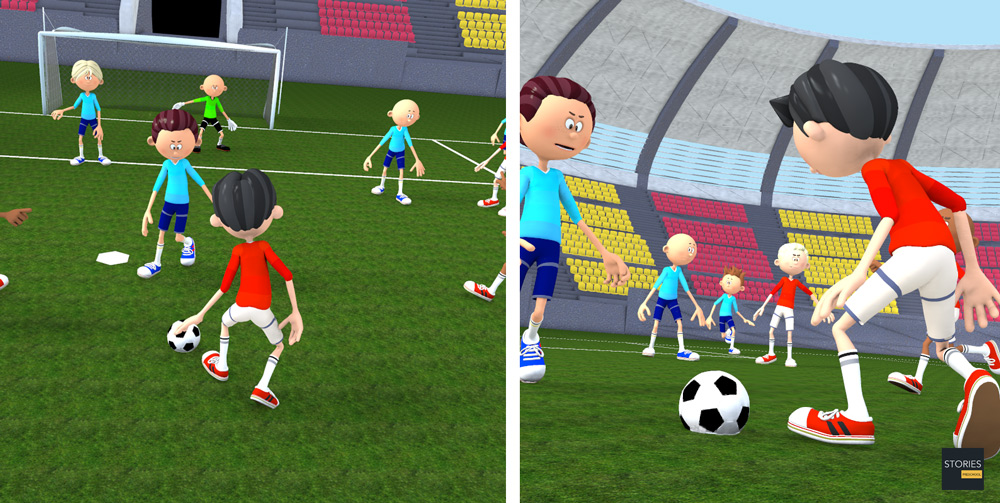
Keepie Uppie
Keepie uppie, Keepie-ups or kick-ups is the skill of juggling with an association football ball using feet, lower legs, knees, chest, shoulders, and head, without allowing the ball to hit the ground. It is similar to Kemari, a game formerly practiced in the Japanese imperial court.
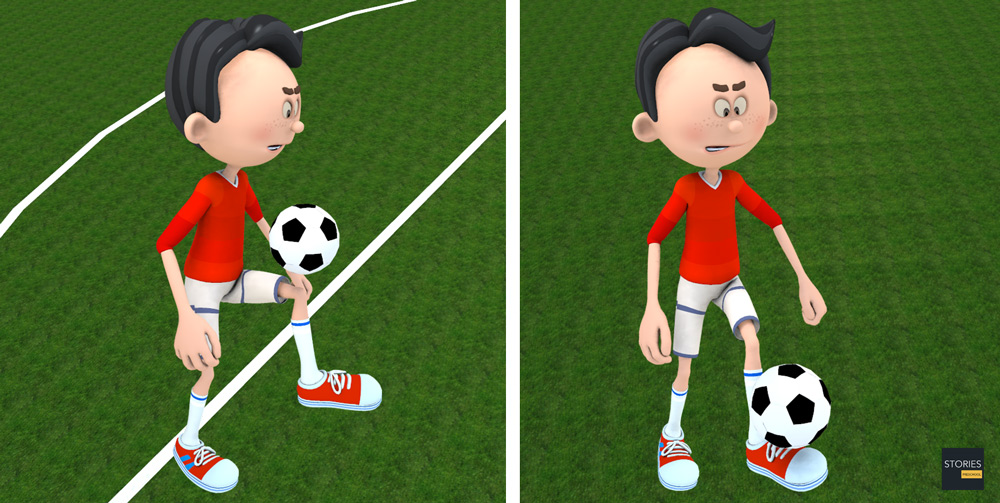
Marseille Turn
The Marseille Turn, also known as the 360, the Roulette, and the double drag-back, is a specialized dribbling skill unique to the game of football. Diego Maradona and Zinedine Zidane are arguably the most notable exponents of the move, thus it has also been known as the Maradona turn and Zidane turn. View more information about Marseille Turn ».
Nutmeg
A nutmeg (or tunnel, sometimes just meg in British English slang), is a playing technique used in association football, field hockey or basketball. The aim is to kick, roll or throw the ball between an opponent's legs (feet). This can be done in order to pass to another player, to shoot on goal, or to carry on and retrieve it. Kicking the ball through an opponent's legs in order to get past them is a dribbling skill commonly used among football players, with some of the most notable exponents in the modern game including Ronaldo, Ronaldinho, Lionel Messi, Cristiano Ronaldo, Neymar, Santi Cazorla, Ryan Giggs, and Luis Suárez. Suárez became so skilled at nutmegging opponents it led to the saying: "Suárez could nutmeg a mermaid."
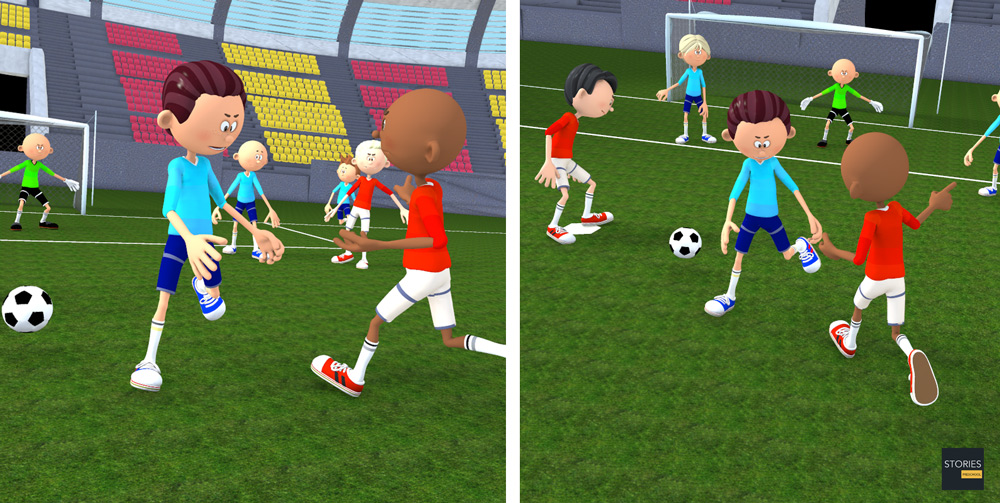
Pelé Runaround Move
Is a football move designed to get around an opponent. The move requires split-second timing and speed in execution - letting a pass from a teammate approach but allowing it run past the opponent, then sprinting around the opposing player to continue the attack. It relies on speed for its execution in situations where there is little time or space. View more information about Pelé runaround move ».
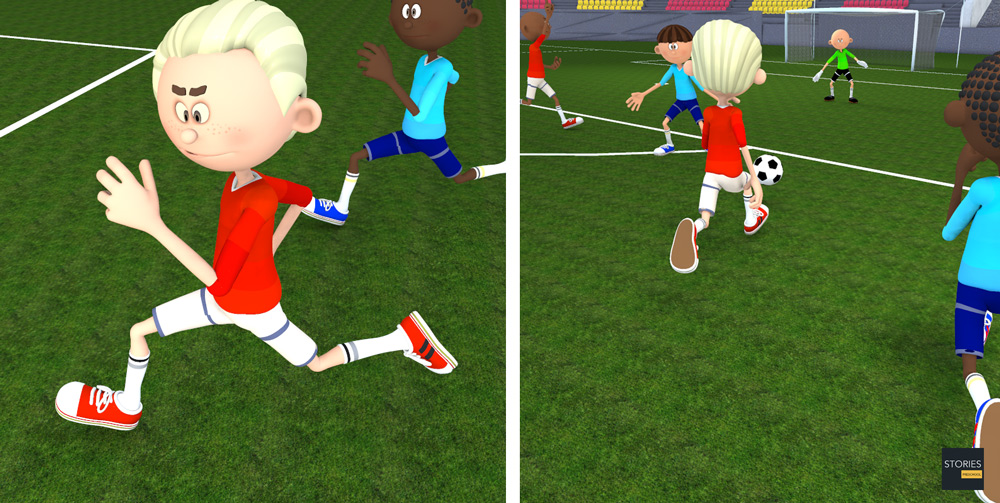
Rabona
In association football, the rabona is a method of kicking the football whereby the kicking leg is wrapped around the back of the standing leg—effectively with one's legs crossed. There are several reasons why a player might opt to strike the ball this way: for example, a right-footed striker advancing towards the goal slightly on the left side rather than having the goal straight in front may feel that his shot power or accuracy with his left foot is inadequate, so will perform a rabona in order to take a better shot. Another scenario could be a right-footed winger sending a cross while playing on the left side of the pitch without having to turn first. Another reason why a player could perform a rabona might be to confuse a defending player, or simply to show off his own ability, as it is considered a skillful trick at any level.
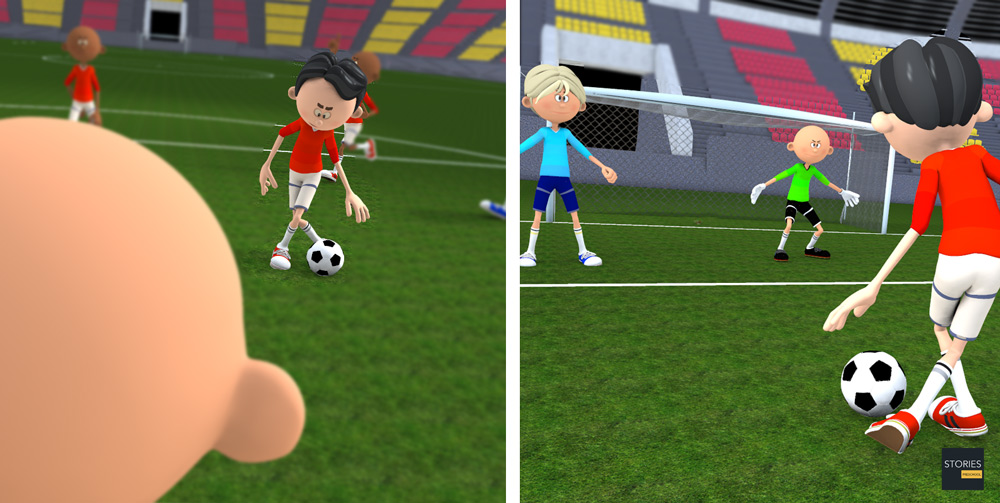
Rainbow Kick
The association football rainbow kick (also called the reverse flick-over, the rainbow flick USA, the Carretilha or the Lambreta Brazil as well as in Italy the Lambretta, the Ardiles flick UK, arco iris Spain, the Okocha-Trick in Germany and coup du sombrero in France) and the Djalminha at MN5 is a trick used in association football, in which a player steps to the side of the ball and flicks it up round from the side of them. The trajectory of the ball gives this trick its name. The trick is usually performed while running forward with the ball, and is done by rolling the ball up the back of one leg with the other foot, before flicking the standing foot upwards to propel the ball forward and over the head. View more information about Rainbow Kick ».
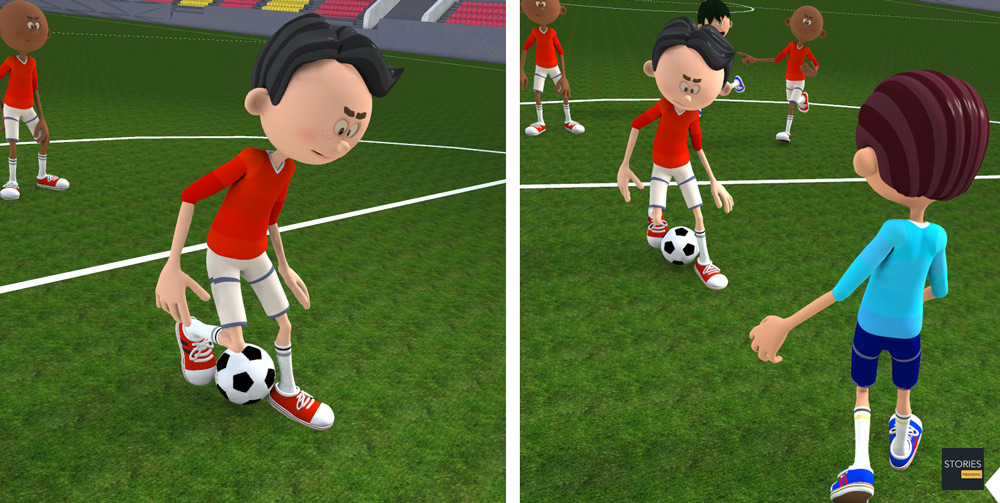
Seal Dribble
The seal dribble is a football move. It is performed by flicking the ball up from the ground onto the head, whereby the player then proceeds to run past opponents, whilst bouncing the ball on top of his forehead, imitating a seal. The seal dribble makes it very hard for the defending team to challenge legally. This is due to the awkward height at which the ball is while the maneuver is performed, and means that many attempted challenges are dangerous and may result in fouls. A famous case was when Atletico Mineiro's Coelho fouled Kerlon after he performed the seal dribble. As a result, he was banned for 120 days although this was later reduced to five games after an appeal.
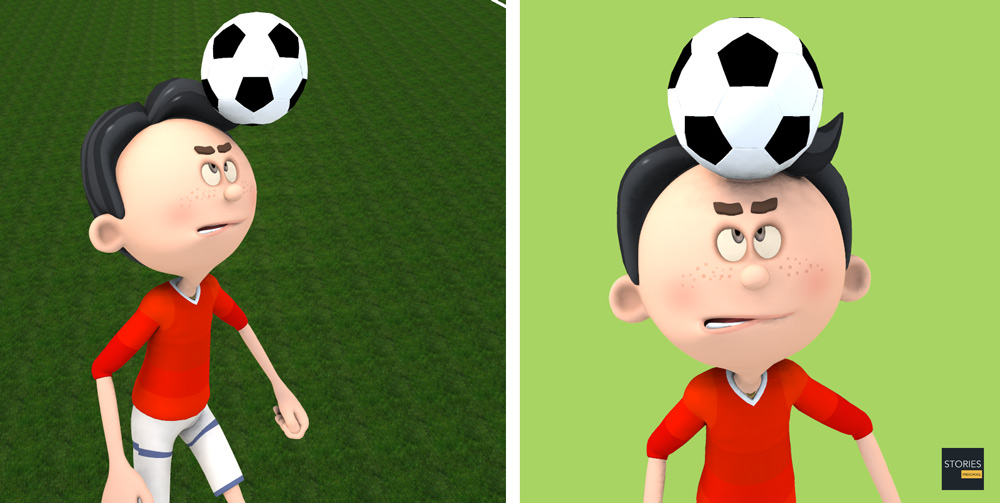
Step Over
The step over (also known as the pedalada, the denílson, or the scissors) is a dribbling move, or feint, in football, used to fool a defensive player into thinking the offensive player, in possession of the ball, is going to move in a direction he does not intend to move in. The move was reportedly invented by Dutch player Law Adam who was famous for it in the late 1920s/early 1930s, earning the nickname "Adam the Scissorsman", and was used in Italy by Amedeo Biavati in the 1930s. It was popularized in the mid-1990s by global superstar Ronaldo. Nowadays, the technique is in widespread use by attacking players all over the world, such as Cristiano Ronaldo.
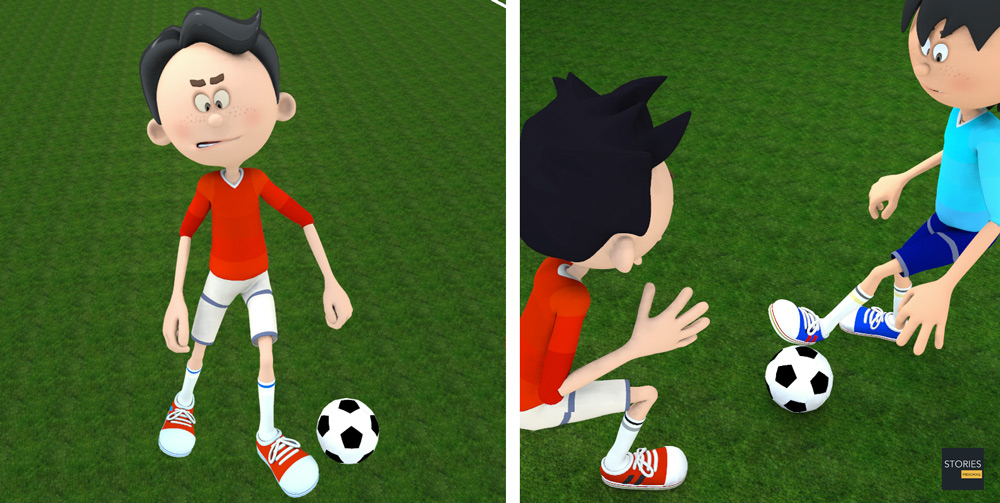
Volley
A volley is an air-borne strike in association football, where a player's feet meets and directs the ball in an angled direction before it has time to reach the ground. A volley can be extremely hard to aim and requires good foot-eye coordination and timing. In general, the volley requires that the player strike the ball with the front of his foot, with the toes pointing downward, ankle locked, and the knee lifted. It is important for most applications to keep the knee high over the ball when struck, and lean slightly forward to keep the shot accurate and keeping it down. Doing so imparts a great deal of topspin and prevents the ball from flying wildly over the goal if done correctly. Because of the power and spin imparted on the ball, the shot can follow an unpredictable path to goal and prove difficult to defend against. View more information about Volley ».
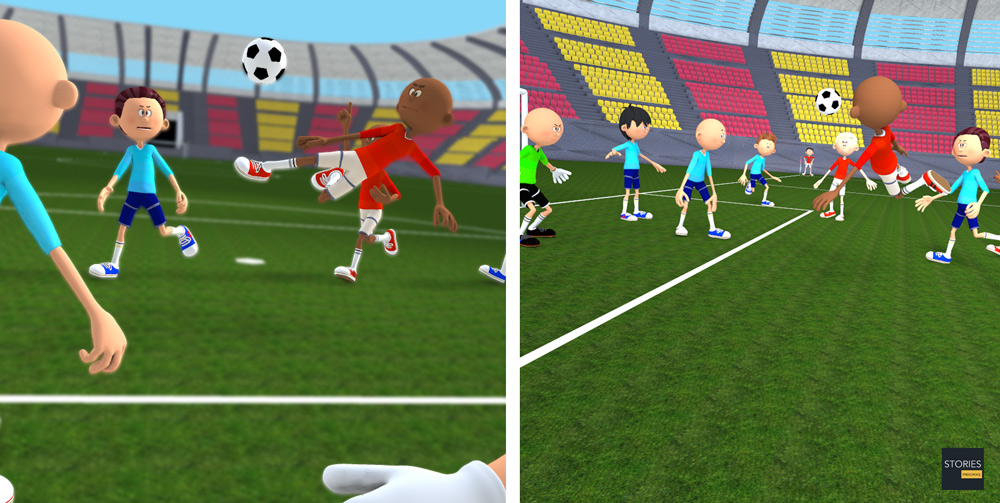
SPORTS

RESOURCES
This article uses material from the Wikipedia articles "Association football", "Behind the leg flip flap", "Bicycle kick", "Cruyff Turn", "Curl (football)", "Flip flap (association football)", "Keepie uppie", "Marseille turn", "Nutmeg (football)", "Pelé runaround move", "Rabona", "Rainbow kick", "Seal dribble", "Step over", "Volley (football)", "Scorpion kick", which is released under the Creative Commons Attribution-Share-Alike License 3.0.
© Stories Preschool. All Rights Reserved.












